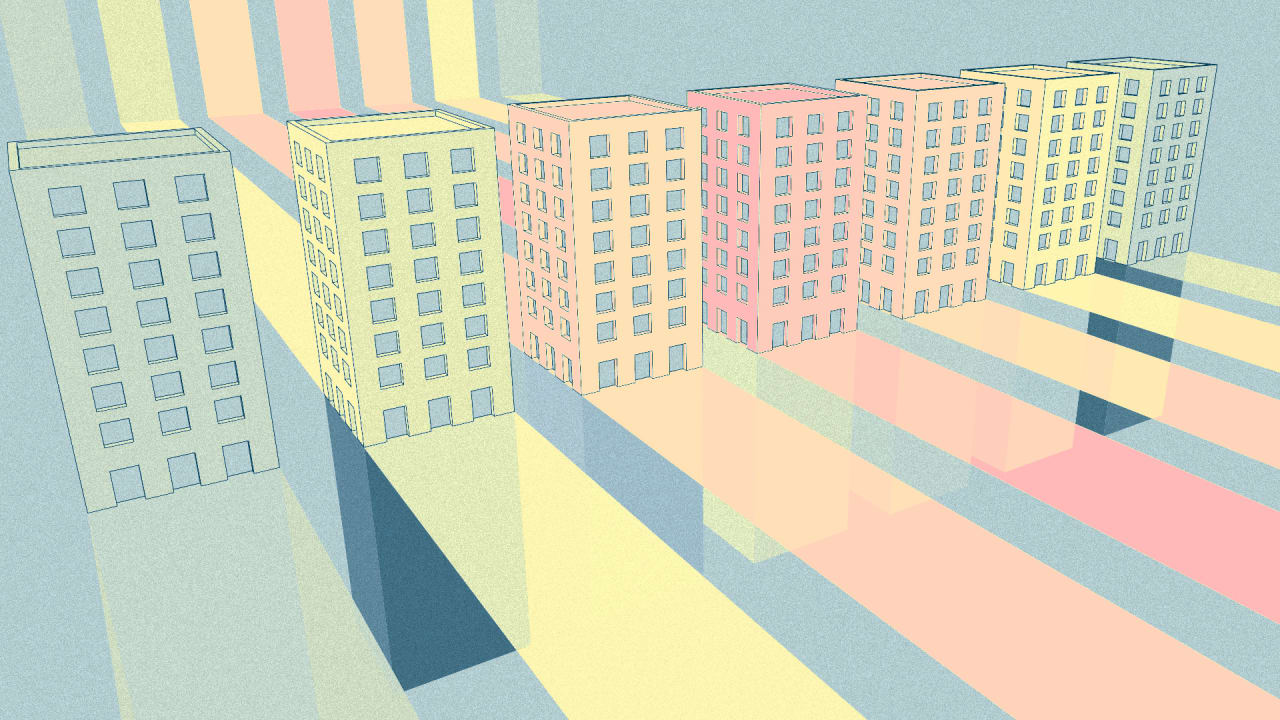Phantom Lakes on Titan
Connecticut Prisons Go Deep On Personal Responsibility
Guerilla Gappistas Repair Rome When Public Services Fail
Utah Tests Out Preferential Voting, Eliminates Primaries
Payson and Vineyard will likely be the only cities in the state of Utah trying out a new form of voting, called ranked choice voting, for their municipal elections in 2019, after multiple other cities that had expressed interest ended up backing out of the new pilot program.
Ranked choice voting is a system that allows people to rank all candidates in a race from first to last. If a candidate receives more than half of the first-choice votes, they win the election. If no one receives more than half, however, the last-place candidate is eliminated. When a voter’s first choice is eliminated, their second choice is included in the count for the second round. That process continues until a candidate receives more than 50 percent of the total vote.
Advocates of the system say benefits include obtaining a true majority winner and more civil races because candidates are trying to appeal to all voters, rather than just their base, because the candidate wants to be that voter’s second choice.
The concept was discussed at a Payson City Council meeting last week, with the council opting to stay with the pilot program. Payson Mayor Bill Wright said there will be a cost savings for the city, since ranked choice voting eliminates the need for Payson to hold a primary.
‘Birthday Boxes’
A List Of Nice Things
By Guardian Cartonist ‘First Dog On The Moon’
Norway’s Halden Prison is a ‘Campus’
Sustainable Straws from Vietnam
To make both the fresh straws and the dried straws, the grass is harvested, washed, and cut into straw-sized tubes. Then, an iron rod is used to clean the inner part of the straws, followed by one last washing.If the batch of straws is going to be sold fresh, a bundle of 100 straws is collected and then wrapped in banana leaves.
Floating Cities Recommended by United Nations
“The Future Is African”

Illustration (& header image) by Miriam Sugranyes for BRIGHT Magazine.
Data-oriented approach ends homelessness in 3 USA cities











